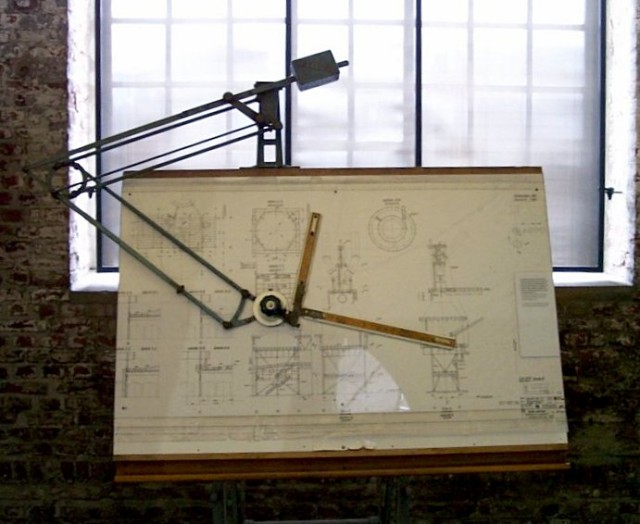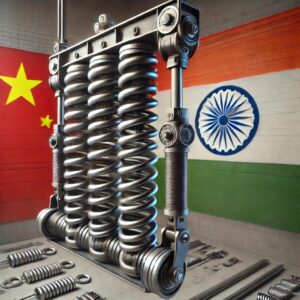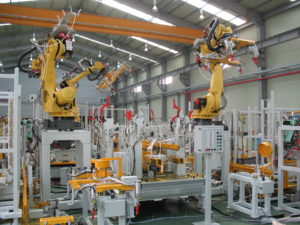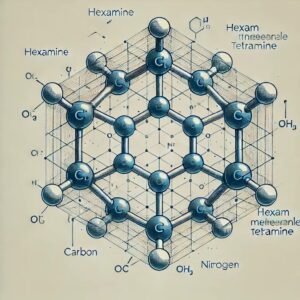China Product Development Agreements
Navigating product development is critical, especially when partnering with Chinese manufacturers. This stage is laden with risks that can jeopardize the entire project.
In this post, I will delve into the crucial role of China Product Development Agreements, and how to avoid the common mistakes foreign companies make when having their product developed in China.
The Need for Product Development Agreements
While companies typically use NNN Agreements during the factory search stage and Manufacturing Agreements to govern production, Product Development Agreements are often overlooked. This oversight can lead to severe consequences, impacting your intellectual property rights and overall project success.
A Real-World Example of What Not to Do
A few months ago, an American company came to me after its product development project with a Chinese manufacturer began to falter. The company had relied on their Non-Disclosure Non-Compete (NNN) Agreement to protect their intellectual property and had proceeded without a Product Development Agreement (PDA).
As their project advanced the Chinese manufacturer started asserting ownership of the IP in the product being developed and demanded significantly larger payments to continue. Without a PDA clearly defining ownership rights, the startup found itself vulnerable, unable to enforce its rights or protect its investment.
Based on where they were in their product development process, my advice to them was to pull out of China and shift their development and production elsewhere. Initially, they were hesitant and unhappy with this suggestion. However, as they evaluated their options, they realized that continuing in China under these conditions was not feasible.
This situation was far from unique; unfortunately, it was about the twentieth time I’ve had to give this kind of advice.
The Importance of Product Development Agreements
Product Development Agreements are crucial for the following reasons:
- IP Disputes: They specify IP ownership clearly, preventing costly disputes and potential loss of intellectual property.
- Contract Clarity: These agreements define payment terms, timelines, and performance standards, minimizing misunderstandings that can delay projects.
- Force Majeure Provisions: They account for unforeseen events, ensuring that such circumstances do not derail project completion.
- Legal Jurisdiction: PDAs establish governing law and preferred dispute resolution methods, helping avoid jurisdictional conflicts and facilitating efficient dispute resolution.
Key Elements of a Product Development Agreement
Your Product Development Agreement should clearly address the following elements to safeguard your interests:
- IP Ownership: Clarifies ownership of all intellectual property, including patents and copyrights.
- Payment Terms: Links payments to milestones and key performance indicators like quality and timeliness.
- Dispute Resolution: Specifies the mechanisms and forums for resolving disputes, considering cost-effectiveness and speed.
- Technology Contributions and Product Specifications: Outlines the contributions of each party and sets clear product specifications to ensure all aspects are well-defined.
- Development Costs: Details who covers development and tooling costs, mitigating financial disputes.
Avoiding Common Pitfalls in Product Development
Working with Chinese manufacturers is fraught with risks that can lead to significant financial and reputational damage. To avoid these common pitfalls during your product development stage, you should seek to avoid the following common pitfalls:
1. Overreliance on NNN Agreements. While Non-Disclosure Non-Compete (NNN) Agreements are crucial for protecting confidential information, they fall short in addressing the complexities of product development. A comprehensive Product Development Agreement (PDA) is necessary to safeguard intellectual property rights, payment terms, and project timelines effectively.
2. Neglecting Due Diligence. It’s crucial you assess your manufacturer’s financial stability, technical capabilities, and overall reputation to ensure that they can meet your project’s requirements.
3. Weak IP Protection. Failing to secure robust intellectual property protection clauses in your PDA can result in the loss of valuable IP. Clearly defining ownership rights and licensing terms is essential to protect your innovations.
4. Overlooking Quality Control and Compliance. Without stringent quality control and compliance measures, you risk product defects, recalls, and regulatory issues. Establishing and enforcing these standards is critical to maintain product integrity and compliance with international and local regulations. In most cases, your Product Development Agreement should clearly stipulate these requirements and define the consequences, including liquidated damages, for the Chinese manufacturer’s failure to meet them. Detailed contractual provisions help prevent misunderstandings and provide a clear basis for enforcement, securing the overall quality and compliance of your products. For more insights into crafting effective contracts in China,
see China Contracts That Work.
5. Failing to Set Milestones. It is vital to establish clear development milestones with corresponding incentives for adherence and penalties for non-compliance. This structure not only ensures timely progress but also enforces adherence to agreed specifications and costs.
By recognizing and addressing these pitfalls, you can significantly enhance the success and security of your manufacturing projects in China.
Final Thoughts on China Product Development
Engaging in product development without a robust, China-centric Product Development Agreement exposes your business to unnecessary risks. These agreements are crucial tools that safeguard your intellectual property and secure your investments. By ensuring clarity on roles, responsibilities, and expectations, they lay the groundwork for successful collaborations.

























